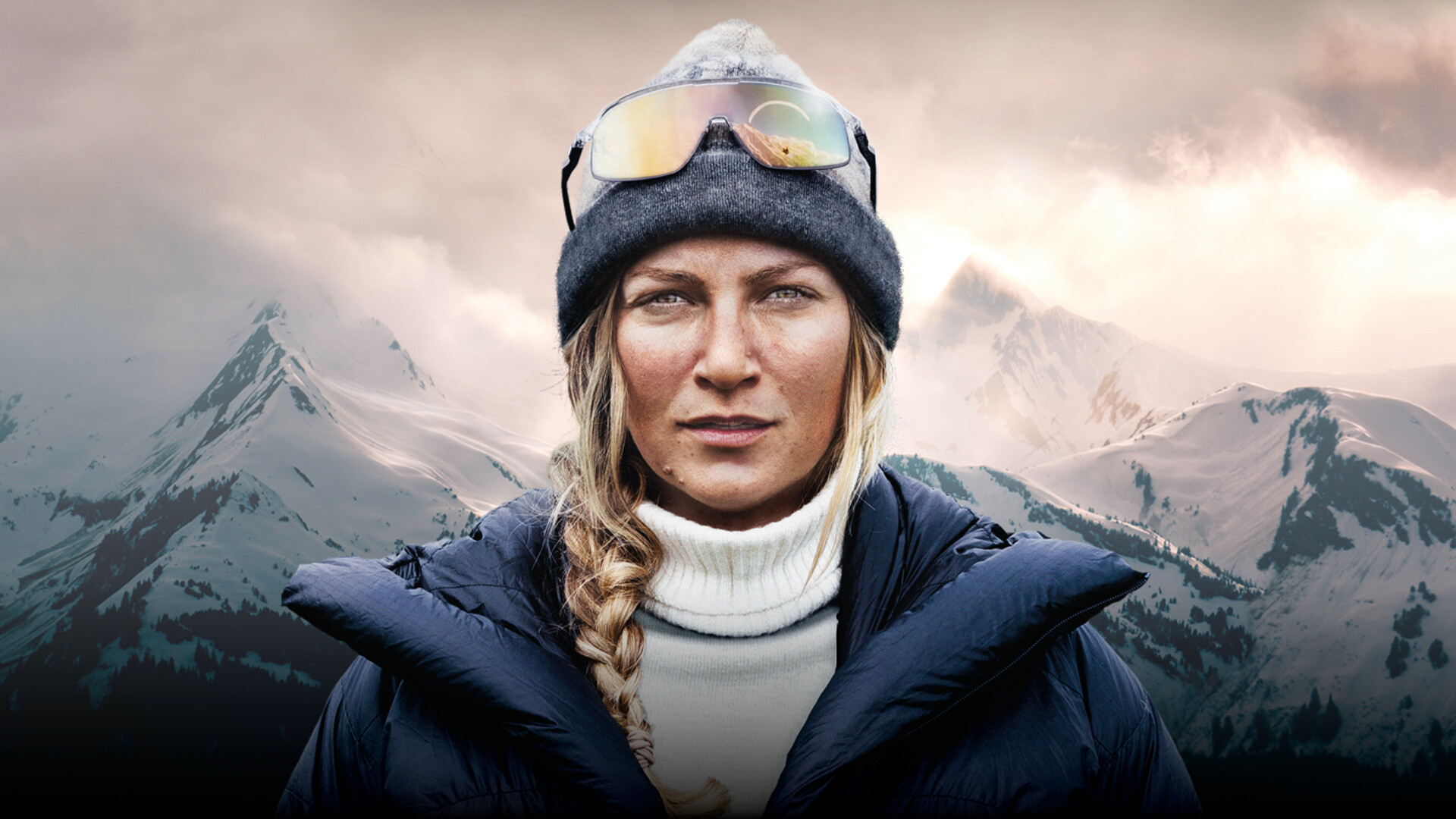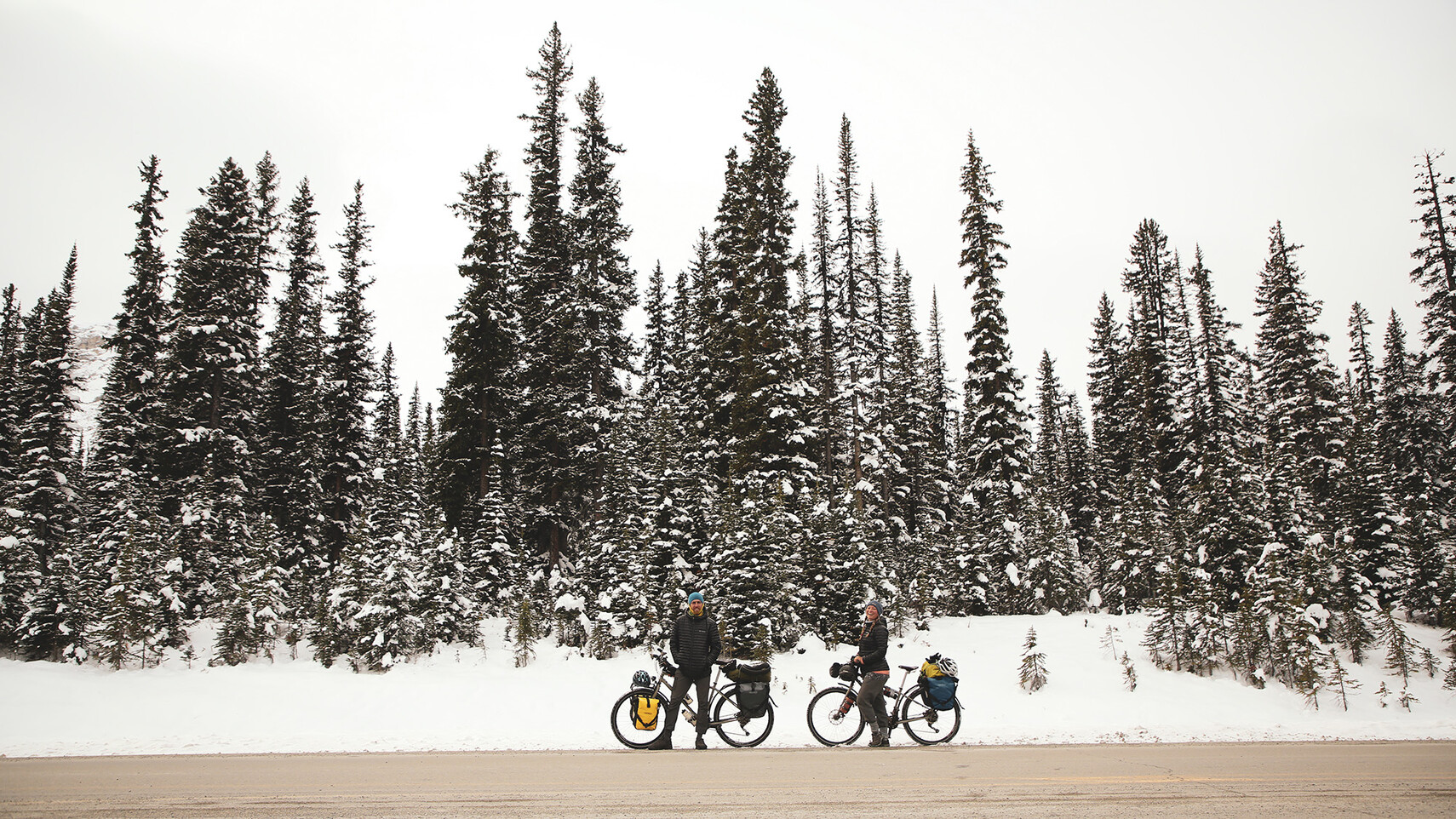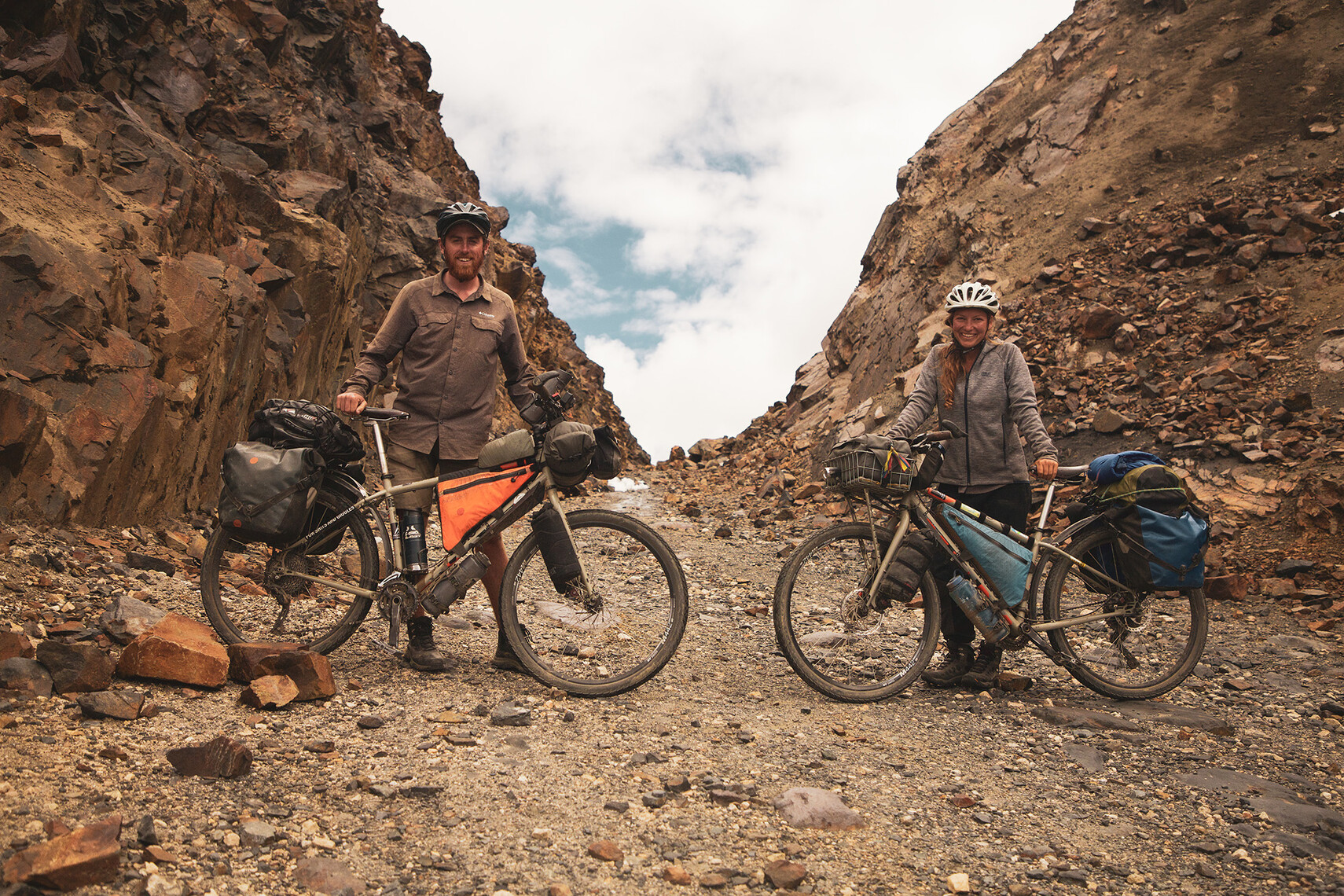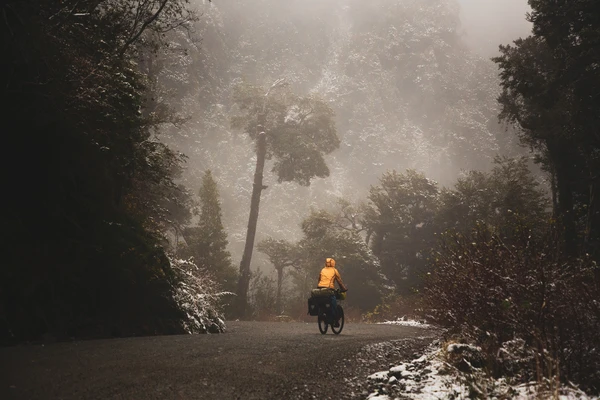

Adventure: Biking from Alaska to Tierra del Fuego
Tundra, taiga, jungle, and desert: French photojournalist Sophie Planque, with her partner Jérémy Vaugeois, had a diverse and all-sensory experience while crossing the American continent’s extreme climatic zones.
During the two and a half years, they documented the stunning landscapes of North, Central, and South America as well as their encounters with a diversity of people they met along the way.
3 questions for Sophie
About the journey, the encounters & the film
Why Pan-America? You and Jérémy have both been on other adventures. What was the appeal of this route compared to your previous trips?
Jérémy and I have been walking and skiing across Europe for the past ten years. We are attracted to diverse geographies and the discovery of a region through the gentleness of slow travel. When we met in Switzerland, the objective was to take on a big project together in a place we had never been before. The American continent sounded promising for many reasons. Journeying from Alaska to Patagonia, we would discover a myriad of topographies—tundra, glaciers, taigas, jungles, deserts, and altiplanos [high plateaus] as well as paradisiacal beaches and the Argentinean pampas [low grasslands]—connecting the world's most beautiful landscapes in a single journey. The Pan-American Highway is the longest motorway on the planet, stretching from the 70th parallel north to the 54th parallel south. This is only possible on the American continent, so we thought we’d give it a go!

When you're on the road like we are, you're vulnerable, both to the world and to yourself.
Cycling is an accessible way to travel, making it easy to connect with people along the way. You must have had many memorable encounters.
There are encounters that last only ten seconds and stay with you for a lifetime, the kind that make you tear up because ‘goodbye’ truly means goodbye forever. When you're on the road like we are, you're vulnerable, both to the world and to yourself. Your emotions are raw and run deep. Of the most memorable were the encounters related to the accident I had in Alaska. A woman named Kathleen graciously took us into her home there for a month and a half and contributed so much to my recovery, and there were the retirees who took care of us in the Riverview Drive neighborhood. We had the strength to reach our destination because of the people who provided resources at those times we most needed them and, more importantly, believed in us and gave us hope in the moments when we thought all was lost.
When we started, I didn't intend to make a documentary.
You're not just an adventurer, you're also a journalist. What's it like to be the protagonist of your own story? Does filming yourself change the experience?
When we started, I didn't intend to make a documentary. We set out to cross the American continent by bike and have a transcendent experience, putting aside the journalist in me. We had organized exchanges with French schools and regularly sent videos to about 6,000 students. That's why we started filming ourselves—to share the experience with the children. Over time, we began to enjoy reflecting on our experiences in this way.
Talking about my accidents and sharing my emotions was therapeutic for me. I continually asked myself the question: What message would I want to convey about such an intense two-and-a-half-year journey? That's when the director in me took over. I realized the importance and universal appeal of this story. We will all suffer defeat at some point in our lives, and I think many people can identify with my and Jérémy's experience.

Curious?
Get a sneak peek of her film THE GREAT TRAVERSE here!

Sneak peek: The Great Traverse
Watch Sophie in the film The Great Traverse at EOFT 2023.